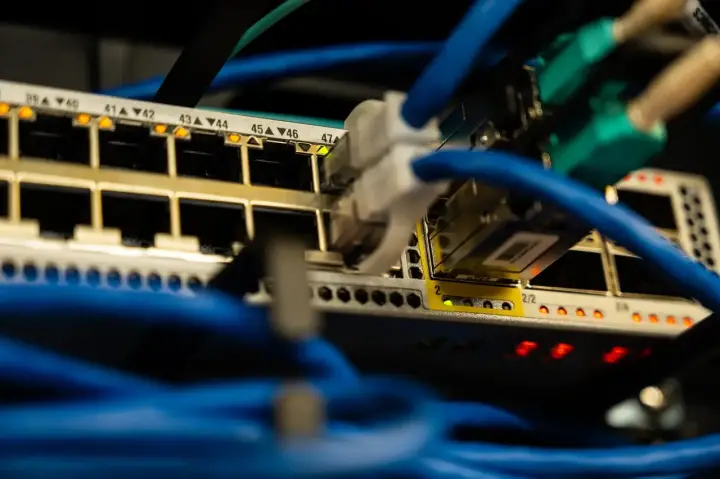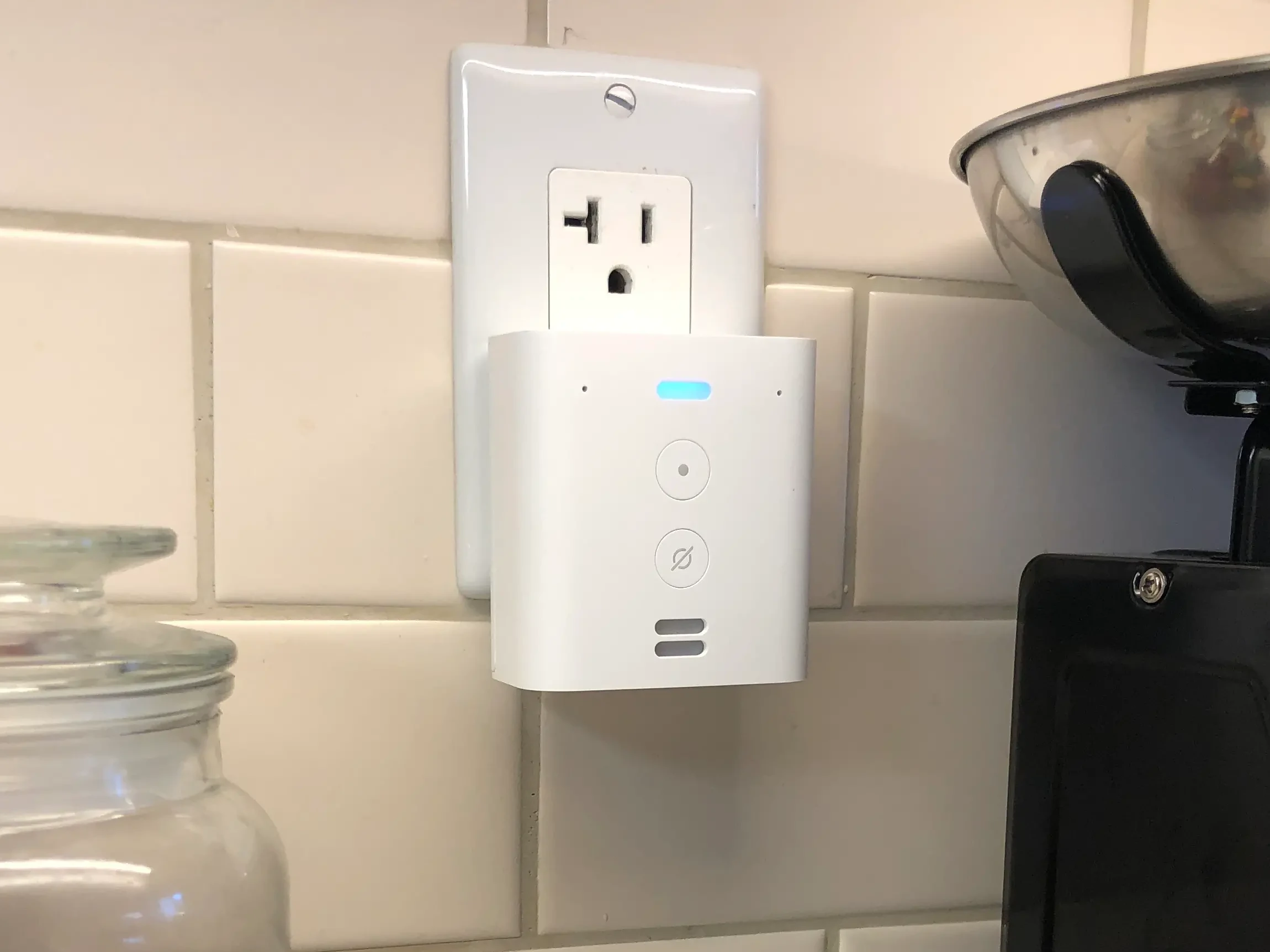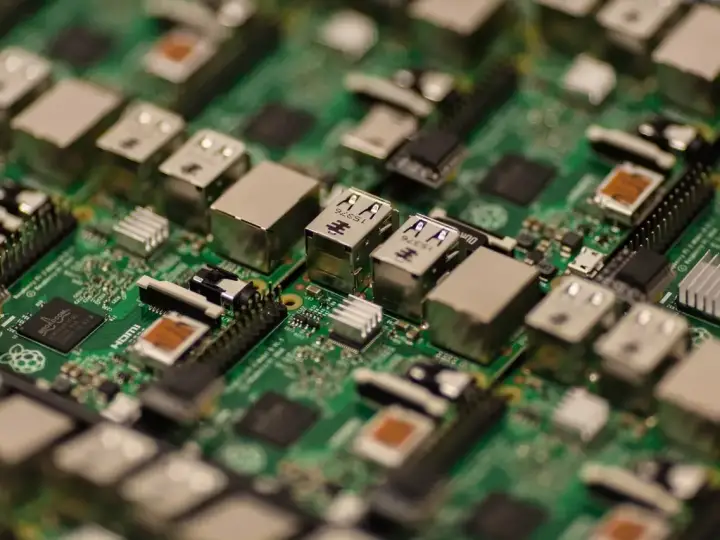How to Easily Improve WiFi for your Smart Home
Updated on 28th Aug 2020 15:04 in General, Smart
So many smart devices are sold as being hubless and being super easy to set up via a mobile app, to then connect to the WiFi network. This model works really well because most homes contain a WiFi network these days, and this technology aims to take advantage of this existing wireless connectivity to reduce the cost of creating a smart home.

Disclaimer: This post contains affiliate links. As an Amazon Associate, I earn from qualifying purchases.
One of the common problems with this, however, is that most home networks were not designed for IoT applications and can begin having issues such as lag or disconnections. Many of these also have range issues that can result in some regions of the home having little to no coverage, making communicating with any smart devices in that location difficult or impossible. A common area that causes problems in this regard is the garden, as it is typically very far away from the WiFi modem. All hope if not lost, though, there are quite a few things we can do to make the situation better.
Table of Contents
How to get better WiFi coverage
Most consumer routers will have built-in WiFi capabilities, which is a handy feature for almost all home users because it allows a single device to be all that's needed to get a network running. Unfortunately, these WiFi antennas are far from the best, and by trying to be good at everything, most of these consumer-level routers end up being good at nothing. They are actually tiny computers that use a processor to do all of the hard work they need to do daily, and factors such as the amount of installed RAM and the power of the CPU will determine how many clients can be connected to the network.
Many households use ISP-provided routers as they are all in one box that acts both as a modem and as a router/WiFi access point. These are even worse than the consumer routers as they have an additional task to take care of and are often very cheaply made. Companies will often assume that regular users will not need anything too powerful to run their home network, but this is where smart homes change that.
Smart homes are fundamentally a collection of network-connected devices, and the more "smart" a house becomes, the more devices will need to connect to the network. While it may seem obvious, as more machines chat on the network, the WiFi radio will have to work harder to keep up with all of the communications. Cheaper routers will not be able to handle all of these connections and will start to have performance problems.
Another issue with all-in-one units is that they are often required to be reasonably close to the basement or other inconvenient location due to their connection to something coming in from the wall. These restrictions often result in placing the access point in a position that gives reliable coverage to areas no one use and weaker coverage to the first and second stories of a home.
The problem with higher power routers
Models available on the market will often advertise vast ranges and very high power levels to help increase their appeal. The problem is that unfortunately, WiFi devices have diminishing returns beyond a certain power level and expanding the power can only do so much when there are many sources of interference and signal blocking walls that reduce transmission distance.
Some materials such as concrete will severely reduce the distance the signal can travel so depending on what the house was built with it is possible that rooms may act like a cage blocking transmission to the outside. In any case, trying to get full coverage of any building with a single WiFi radio is a challenging endeavour due to interference and signal penetration.
the phones, the phone can't reply!
The final nail in the coffin for this option though is the fact that while the router may have a more robust wireless transmission strength, WiFi is a two-way protocol and as such, each device that wants to connect will need to be able to transmit data back to the router. This effectively means that regardless of the size of your antenna at the access point, you are limited by the size and power of each client device. There's no use in having a router that transmits at 1000m if the average device can only respond at 500m (just an example, not real numbers).
Getting full coverage
Covering the entire home is certainly possible, although it won't be a simple fix. There are three essential tactics for improving the coverage, using better positioning of the router, a more robust WiFi radio, and using multiple access points positioned through the building.
Ditch ISP-provided devices
While it certainly is convenient to use the device that comes with the service, these are almost always very weak when compared to even mid-range devices. Although these devices may work, when many devices attempt to connect to the network, it can overwhelm the system resulting in abysmal performance. Bandwidth limitations are also a factor, and if many smart devices are trying to communicate, it can quickly chew up the available bandwidth leaving little to none for devices such as mobile phones.
Move WiFi radio to a more central location
If possible, move the WiFi radio to a more central location, such as the middle of the main floor. The area around the access point is crucial as it will directly affect the distance the network will be able to reach. As mentioned earlier, the real bottleneck is often not the radio but rather the individual client devices with their small antennas.
Small devices like phones or battery-operated smart devices will have much weaker transmission power than the access point to save energy. This results in factors like interference and signal blocking materials being a lot more pronounced than they would be otherwise, and in a way, render the range number displayed on the router's box a bit pointless.
Ditch all in one units and use access points
Access points are devices that emit WiFi signals for use by all your devices and connect that wireless signal to a connected wired network. They allow many slightly less powerful radios to be positioned around instead of trying to use a single radio. This solution has many benefits, one of them being that the range will be much more extensive than it could ever be with a single transmitter.
The multi-point nature of this system caters directly to the requirements of small battery-powered devices like phones and sensors, as their lower power transmission can easily reach the closest node instead of trying to reach one central one. In some cases, the range obtained with as little as two of these devices can even cost less than using a single higher power solution while giving better range.
Access points aren't without a downside though, as every individual AP will need to be connected directly to a cable to function correctly. If running a cable is not possible, the device will have to run in repeater mode which is where it merely establishes a connection with the primary WiFi network and broadcasts a network of its own. This may still have benefits over the single radio option because the repeater can have a stronger antenna to reply to the primary router.
with the closest node
Splitting the roles
Another possible option is to ditch the consumer level WiFi router and to use a separate device that will act solely as the router while another device will serve as an access point. This is the kind of setup large organisations use precisely because it is very scalable and provides high reliability. While it may seem intimidating, Ubiquiti offers the Edgerouter and Unifi lines which are designed to provide professional-grade IT equipment fit for consumer use.
I personally use a combination of the EdgeRouter and the Unifi 802.11ac Dual-Radio PRO
to provide me with a powerful router and wireless capability. In fact, despite my previous 300$ router barely reaching the top floor, this new setup can reach the basement and garden while being mounted on the ceiling of the top level. If I hadn't needed so many ports, I could have used the EdgeRouter X, and the total cost of this setup would have been around 200$ for better equipment than the consumer-grade option.
The EdgeRouter is more of an advanced user solution, and as such only technical users should opt for this particular option. For anyone who is less technically inclined, a router and AP combination from the Unifi line will be an excellent option for easy setup with pro-level equipment.
Summary
Overall, WiFi is a vital part of any smart home - so it should not be overlooked! There are many ways to get high-quality wireless connectivity throughout the house without breaking the bank. Moving the router is cheapest but can also be problematic depending on what it needs to connect to. The ultimate solution is to use access points that will be placed in ideal locations throughout the house, allowing for very even coverage all around.
No matter what your current setup is, you'll want to make sure it's the best it can be for the smartest home. So how do you tackle the WiFi issue? Leave your setup in the comments below!



